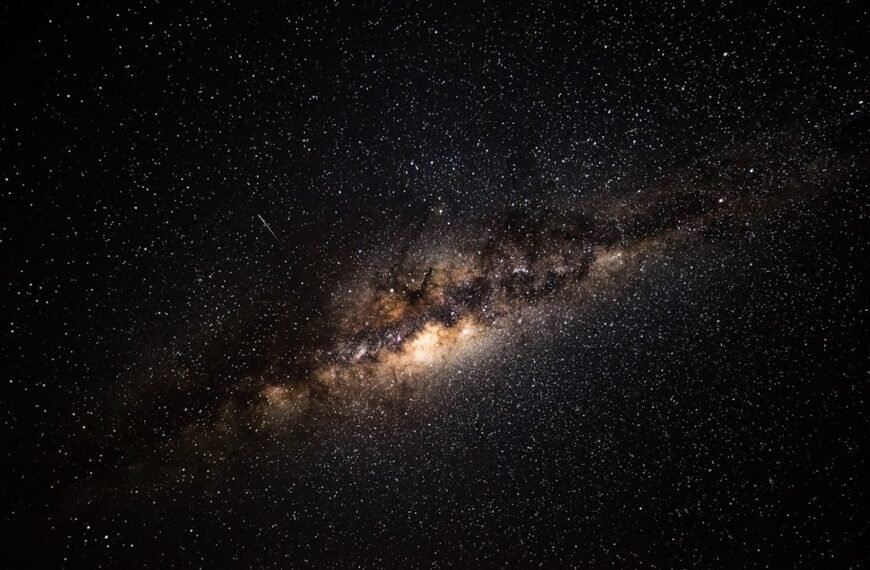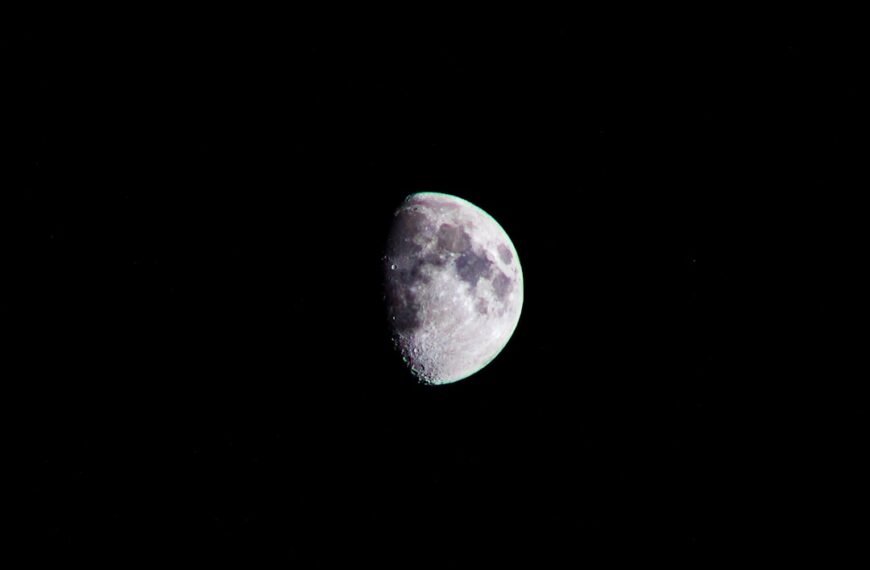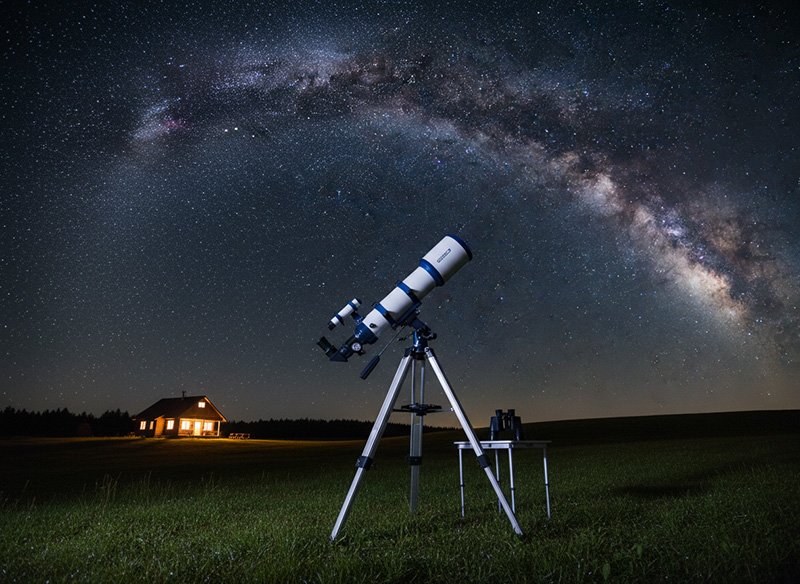Key Takeaways
- Mercury is the closest planet to the Sun, located at an average distance of 36 million miles.
- It is the smallest planet in our solar system.
- Mercury has a short orbital period of just 88 Earth days.
- The planet features extreme temperature fluctuations due to its lack of atmosphere.
- Recent discoveries highlight Mercury’s fascinating geology and potential for further research.
When we think about our solar system, one of the first questions that often comes to mind is, what is the closest planet to the Sun? The answer is Mercury, the smallest planet in our cosmic neighborhood. This blog post will explore Mercury’s unique characteristics, its position in the solar system, and the exciting discoveries that have been made about this intriguing planet.
What Makes Mercury Unique?
 Earth in the background against a starry sky.” class=”wp-image-20582″/>
Earth in the background against a starry sky.” class=”wp-image-20582″/>Mercury, often overlooked in favor of its larger neighbors, holds a special place in our solar system. Here are a few key points that highlight its uniqueness:
1. Closest Planet to the Sun
Mercury orbits the Sun at an average distance of about 36 million miles (58 million kilometers). This proximity means it experiences intense sunlight, leading to extreme temperatures that fluctuate dramatically between day and night.
2. Smallest Planet in the Solar System
At only 3,032 miles (4,880 kilometers) in diameter, Mercury is the smallest planet. It is even smaller than some of the moons of other planets, such as Ganymede and Titan.
3. Quick Orbit
Mercury completes its orbit around the Sun in just 88 Earth days. This rapid movement makes it the fastest planet in our solar system, traveling at around 112,000 mph (180,000 km/h).
4. Eccentric Orbit
Mercury has the most eccentric orbit of any planet in the solar system. Its distance from the Sun varies significantly, ranging from 29 million miles (47 million kilometers) at its closest point (perihelion) to 43 million miles (70 million kilometers) at its farthest point (aphelion). This eccentricity contributes to the planet’s extreme temperature variations.
Understanding Mercury’s Surface and Atmosphere
 space background.” class=”wp-image-20584″/>
space background.” class=”wp-image-20584″/>1. Surface Characteristics
Mercury’s surface resembles that of the Moon, featuring numerous craters caused by impacts from asteroids and comets. Because it lacks significant atmospheric protection, these craters remain unchanged over time.
- Craters: The planet has several prominent craters, such as Caloris Basin, which is about 960 miles (1,550 kilometers) in diameter.
- Temperature Extremes: Daytime temperatures can soar to 800°F (427°C), while nighttime temperatures can plummet to about -330°F (-201°C). This range occurs because Mercury has a very thin atmosphere that cannot retain heat.
2. Atmosphere
Mercury has a very tenuous atmosphere composed mainly of oxygen, sodium, hydrogen, helium, and potassium. This thin atmosphere is not capable of supporting life as we know it. The lack of a substantial atmosphere also means that temperatures on Mercury can change dramatically from day to night.
Recent Discoveries About Mercury

Recent studies and missions have provided new insights into Mercury’s geology and characteristics.
1. Geological Composition
Recent data from the MESSENGER spacecraft, which orbited Mercury from 2011 to 2015, revealed that the planet has a rich sulfur surface composition. This finding is surprising, as sulfur is not typically found in high concentrations on rocky planets.
2. Hidden Interior Structure
Mercury’s interior is believed to be composed of a large metallic core surrounded by a silicate mantle. This unusual structure contributes to its magnetic field, which is about 1% the strength of Earth’s.
3. X-Ray Auroras
Researchers have also discovered that Mercury experiences x-ray auroras. These phenomena occur when solar particles interact with the planet’s surface, producing x-rays that can be detected by instruments on spacecraft.
4. Changes in Topography
Studies have shown that Mercury’s surface is not static; it undergoes changes due to seismic activity. These changes may include the formation of lobate scarps, which are cliffs that have been formed by the planet’s cooling and contraction.
Final Thoughts
So, what is the closest planet to the Sun? The answer is Mercury, a small, fast-moving planet with a fascinating array of characteristics and ongoing scientific discoveries. From its extreme temperature variations to its rich geological composition, Mercury continues to captivate astronomers and scientists alike.Understanding Mercury not only helps us appreciate our solar system but also opens doors to further exploration and discovery. With missions like MESSENGER paving the way, the future of planetary research holds exciting possibilities for insights into the formation and evolution of our celestial neighborhood.
























